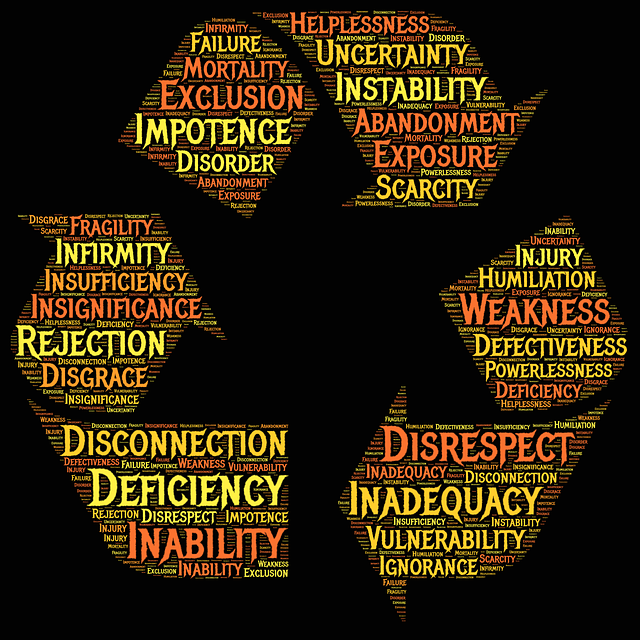Negativity and cynicism can develop in a team and become contagious leading to a toxic work environment. Rollin McCraty, PhD, in his online Heart Science Course maintains that attitudes such as cynicism and negativity, along with challenging emotions like anger, resentment and anxiety, deplete energy – they drain energy and lead to loss of motivation and productivity.
Rollin explains that neuroscience has demonstrated that these challenging emotions have a direct negative impact on people’s physiology – impacting heart rate, the nervous system, blood pressure and overall performance. In contrast, research in relation to positive emotions such as appreciation, gratitude and compassion shows clear physiological and psychological benefits.
There can be many factors that contribute to the development of negativity or cynicism in a work team. An individual who is constantly complaining can affect the attitudes of those around them, even sucking the manager into their negativity. Individuals can express negativity because of adverse prior experiences in an organisation or because of a current personal problem that is pervading their thinking and perspective on life. A team may become negative when they have experienced a series of unbroken promises on the part of a manager and be increasing cynical when they have been “over-sold” on the benefits of an organisational or system change.
It is worth noting, however, that some degree of scepticism can be good for a team – so that a team does not just accept what they are told without some evaluation or critique. However, individuals who constantly play the “devil’s advocate”, are cynical or negative can drain the energy of the team and frustrate the manager. People who complain endlessly or engage in passive aggressive behaviour whenever change is proposed can become a contagious negative force if their negativity and/or cynicism is left unaddressed.
Strategies to address negativity and cynicism in a team
Managers often feel powerless in the face of negativity and cynicism or when confronted with team members who are constantly pessimistic. Doing nothing is not an option as these kinds of behaviours only become more pervasive and disruptive without proactive intervention by the manager. However, there are strategies that can be employed to address the negative impacts of such behaviour.
1.Set expectations collaboratively
Managers can engage staff in the process of defining values and identifying the behaviours that give effect to the desired values. This collaborative process builds a sense of agency and lays the foundation for a strong, positive culture. A manager can include “positivity” as a desired value of a team and introduce “unwritten rules” or norms that give expression to this value.
2.Call the behaviour
If an individual persists in behaving negatively and obstructively, it is critical to address their behaviour directly and privately in a one-on-one conversation. This should be up-front, stating exactly what behaviours are inappropriate as well as their negative impact on the team. It should also be done at a time when the manager is calm and in control, not when they have developed a “head of steam” as a result of allowing their frustration to reach boiling point before they act. Early intervention is important once the manager has laid out the team’s groundrules and explained behavioural expectations of team members. During the feedback session, it is important for the manager to engage in empathetic listening once the inappropriate behaviour is addressed.
3.Avoid negativity or cynicism in your own words and actions
Managers need to monitor their own behaviour and avoid expressing negativity or cynicism in relation to what is going on in an organisation such as system or structural change, appointment of senior management or changes in policy or direction. Staff continually observe a manager’s words and actions and take their cue from what the manager says and does. A manager who continually expresses negativity or cynicism, will generate a negative environment and then have to deal with a toxic culture that undermines their efforts to develop a productive and mentally healthy workp0lace.
4.Monitor your language
It is so easy to fall into the habit of making statements like, “I wish it was Friday” or “I can’t wait till the weekend” – everybody does it. However, these statements communicate dissatisfaction with the present moment and the immediate work environment. They unconsciously give staff messages that the workplace is not enjoyable or that the manager resents being there. They can contribute to a negative environment, rather than one that is positive and based on appreciation of what is good about being employed in the particular workplace. Jake Bailey who was diagnosed with cancer in his final year of High School reminds us that we often overlook the potentiality of the present moment because we are focused on the future. In his Senior Monitor’s speech at his school’s prize night, he commented, I was dying for weekends, I was dying for school holidays,. Before I knew it , I was dying. His speech challenges you to ask the question, “Are you dying for tomorrow or living today?’
5.Be open to solutions
Managers often think that they are the one who has to have the solutions to all workplace problems. Being open to suggestions by staff and being prepared to experiment with alternative ways of doing things, can develop positivity in a team. It also contributes to staff’s sense of agency – their ability to influence their work environment and the way their work is done – all of which contributes to positive attitudes.
6.Provide positive feedback
Staff can become very negative if they feel they are taken for granted and their contribution is not valued. Positive feedback is one of the best motivators of people because it involves recognition and appreciation. If it is given in a way that is sincere, specific and timely, positive feedback can deepen relationships, build team cohesion and trust, and develop positive feelings. It can also become pervasive and an integral part of team culture as staff observe a manager’s appreciative behaviour and model themselves on what they hear and see.
7.Be congruent
Ensure that your actions line up with your words. This requires constant personal monitoring and reflection. If you say something is important (e.g. innovation), and don’t spend time, energy or resources on developing it, staff will become cynical and develop the attitude that you “do not mean what you say”. Congruence builds trust, respect and a willingness to contribute.
8.Use de Bono’s 6 Thinking Hats
The six thinking hats (represented by six different colours) provide ways of viewing an issue or change from a variety of perspectives, some of which are optimistic and creative while others are more pessimistic and tempered by realism and critique. A manager can use the thinking hats approach to enable staff to explore their reactions to an issue or change and move from a negative/cynical perspective to one that is positive and energising. The manager can start with “black hat thinking” to surface and publicly record staff’s reservations, concerns and anxieties about an issue or change. This can be followed by exploring feelings (red hat) and, then, exploring potential benefits (yellow hat) as well as creative possibilities (green hat).
9.Explore gratitude reflections
Often negativity, cynicism or resentment flows from a focus by individuals in a team on what they do not have which can also be a source of envy. A manager can develop a ritual of appreciation and expression of gratitude as a group and/or individual process. This has proven psychological benefits for individuals and teams and can lead to displacing negativity with positivity.
Reflection
Many factors both personal and organisational can impact individual and team attitudes and contribute to the development of negativity and cynicism in a team. As a manager grows in mindfulness through reflection, self-monitoring and observation, they can increase their capacity to recognise the signs of negativity and proactively implement strategies to address this enervating orientation to help develop and maintain a positive and mentally healthy team culture.
__________________________________
Image by Gerd Altmann from Pixabay
By Ron Passfield – Copyright (Creative Commons license, Attribution–Non Commercial–No Derivatives)
Disclosure: If you purchase a product through this site, I may earn a commission which will help to pay for the site, the associated Meetup group, and the resources to support the blog.




